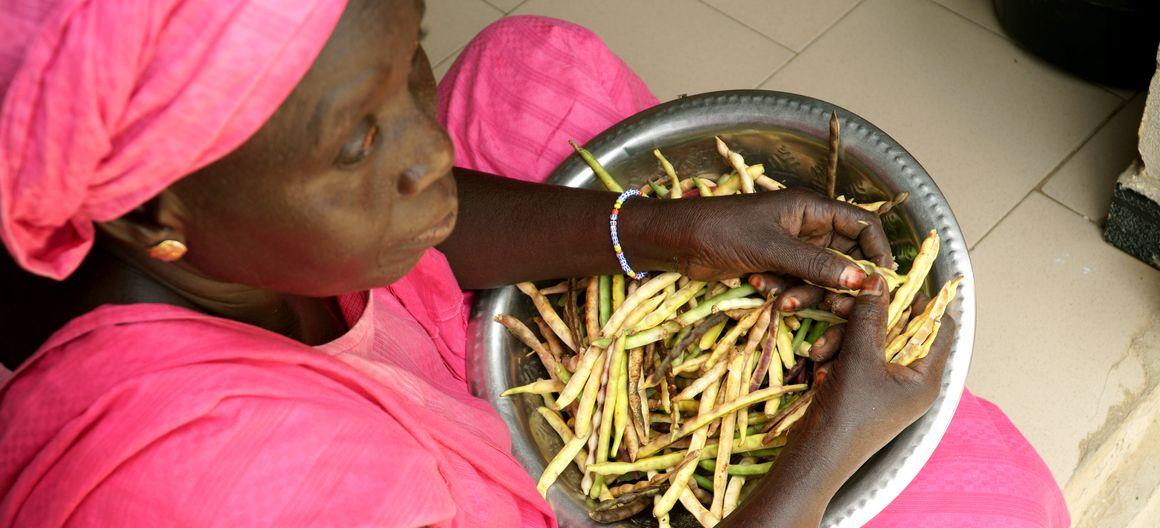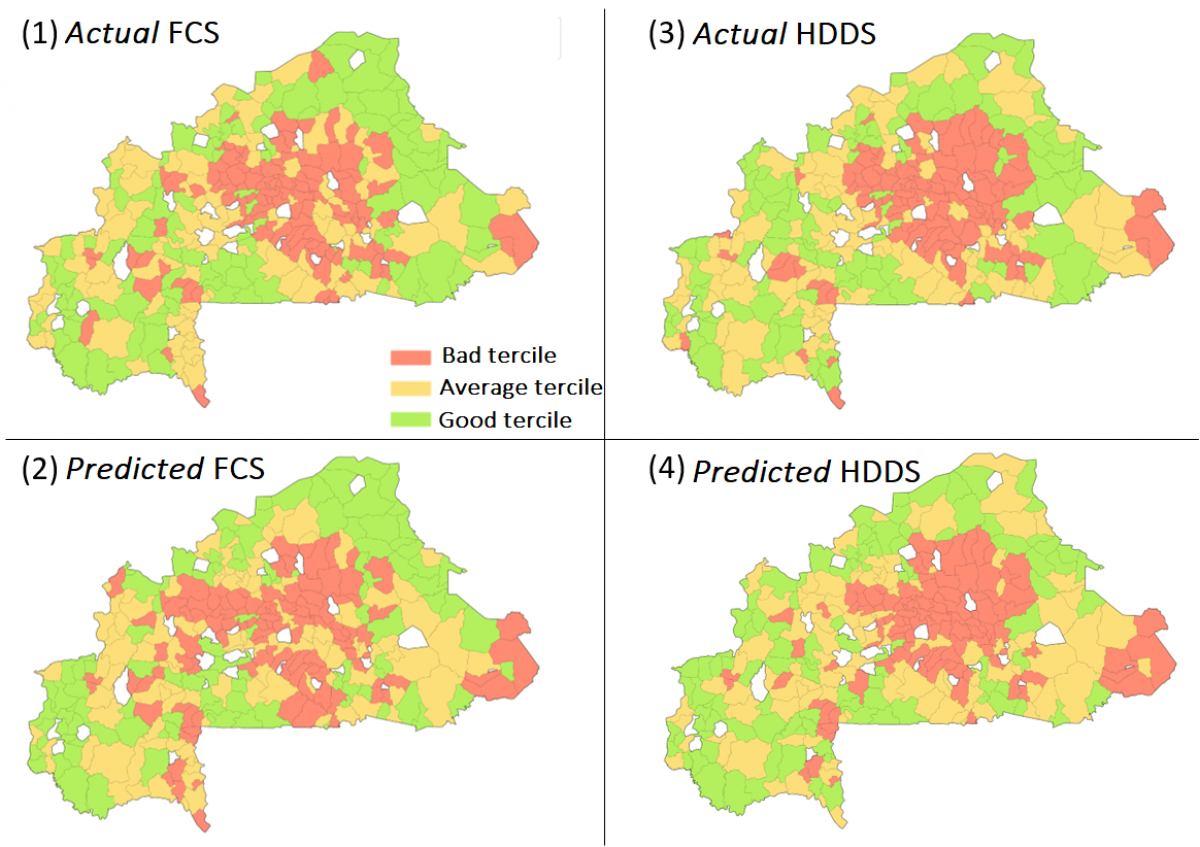Results & impact 10 October 2025
- Home
- Press area
- Press releases
- Food security early warning
Food insecurity: building an automatic monitoring and early warning system

Cowpea shelling, Bambey, Senegal © C. Dangléant, CIRAD
The first results have just been published in Expert Systems With Applications. It is now possible to pinpoint zones most likely to be affected by hunger at an early stage, using easily accessible public data, such as maize prices or the exostence of hospitals or schools.
Overcoming the lack of direct data on hunger
"Conventional food insecurity monitoring methods are based on two precise indicators, calculated from household surveys: food consumption score (FCS) and household dietary diversity score (HDDS)", Hugo Deléglise, data science PhD student at CIRAD, supported by #DigitAg, and lead author of the article, explains. "These indicators are difficult to obtain, particularly in conflict zones or areas affected by climate catastrophes."
FCS and HDDS are key to estimating hunger, but are often inaccessible in the most at-risk zones. To get around thbis problem, the team of scientists built a method for estimating those indicators using other, more accessible data. As Hugo Deléglise points out, "the existence of hospitals or schools, for instance, is linked to access to healthcare and education. Indirectly, these data provide information on the food sufficiency of a given region".
By aggregating a range of data, from maize prices to the existence of watercourses, this advanced multi-disciplinary approach enables accurate estimates of values for the two indicators generally used.
Promising estimates in Burkina Faso
From 2009 to 2018, the government in Burkina Faso conducted annual household surveys to estimate FCS and HDDS in the country. In 2018, the scientists tested their new method for predicting values for the two indicators, a few weeks before the start of the household survey.
The predictive maps obtained gave results very similar to those for household surveys. This first, very promising test could be rolled out on a wider scale under future collaborations with the World Food Programme.
"Field surveys are impossible in some urban areas or conflict zones", Hugo Deléglise stresses. "This new prediction method could prove crucial for boosting the efficacy of emergency aid."
Reference
Hugo Deléglise, Roberto Interdonato, Agnès Bégué, Elodie Maître d'Hôtel, Maguelonne Teisseire, Mathieu Roche. 2021. Food security prediction from heterogeneous data combining machine and deep learning methods. Expert Systems With Applications




























